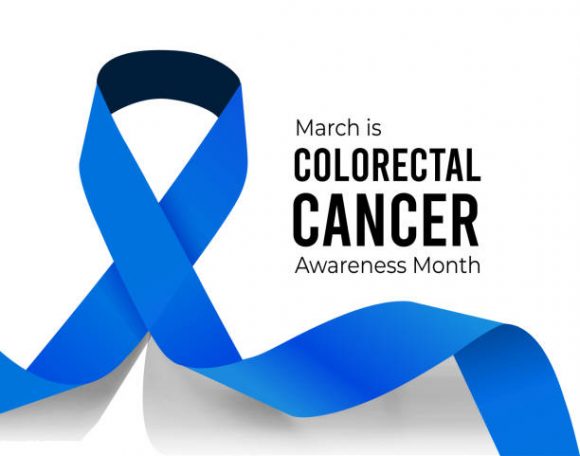
Cervical Cancer is a preventable disease and is one of the most successfully treated cancers once diagnosed, as long as it is detected early and managed effectively. The PAP smear test, a cytology-based screening method, has been enormously successful at reducing cervical cancer in the developed world.
For early diagnosis and treatment of cervical cancer, it is essential to understand everything about it. January is observed as “Cervical Cancer Awareness Month,” aiming to raise awareness about cervical cancer prevention, screening, and treatment.
What is Cervical Cancer?
When the cells change in a woman’s cervix, which connects the uterus and vagina, cervical cancer incepts in. The most common cause of cervical cancer is the human papillomavirus (HPV).
There are almost 100+ forms of HPV and 14 of them are high-risk cancer-causing strains. Though most HPV infections in women do clear without any intervention within 2 years, the high-risk strains of the virus can survive in the body integrating with cells and progressing to cervical cancer.
Who are at risk?
Factors that increase one’s risk of getting cervical cancer:
· Multiple sexual partners
· Early sexual activity
· Use of contraceptive pills
· Other sexually transmitted infections (STIs)
· A weakened immune system
· Smoking
Know the symptoms
There may be no symptoms at all in the early stages and hence, this makes regular pap smear tests even more essential. A pap smear test is a preventive measure that helps to identify the disease and also reveals any cell alterations that may signify the onset of cancer so that treatment can begin sooner.
The most common signs of cervical cancer:
· Pelvic pain
· Bleeding between periods
· Bleeding after sexual intercourse
· Bleeding in post-menopausal women
· Vaginal discharge with a strong odour
· Discomfort during sexual intercourse
Early detection requires regular screening
Consult our gynaecologist for investigation and care. Our gyneacologist will help you through the diagnosis and know more about the preventive measures.
· Regular pap smear tests
A Pap test is the first line of defence against cervical cancer. During this pelvic exam, our gynaecologist will take a sample of your cervical cells to look for ones that could become cancer.
· Bimanual pelvic examination and sterile speculum examination
This gynaecologic exam checks for any unusual changes in the patient’s cervix, uterus, vagina, ovaries, and other nearby organs. The doctor will look inside the vagina to visualize the cervix and a Pap test is done at the same time.
· Liquid-based cytology in cervical screening
Liquid-based cytology (LBC), a new method of preparing cervical samples for cytological examination was developed to improve the diagnostic reliability of Papanicolaou (Pap) smears.
· Human papillomavirus (HPV) typing test
An HPV test is similar to a Pap test and is done on a sample of cells from the cervix. An HPV test may be done at the same time as a Pap test or after Pap test results show abnormal changes to the cervix.
Prevention Measures for Cervical Cancer
Reduce your risk of getting cervical cancer by adopting the following means:
· HPV vaccine
Consult our Gyneachologist to know whether an HPV vaccine will be appropriate for you.
· Have routine Pap tests
· Practice safe sex
· Don’t smoke
Conclusion
Most cervical cancers are found in women who have never had a Pap test or who have not had one recently. Screening tests provide the best chance for early detection when treatment can be most successful.
Do get screened regularly and safely with our gyneacologists.




